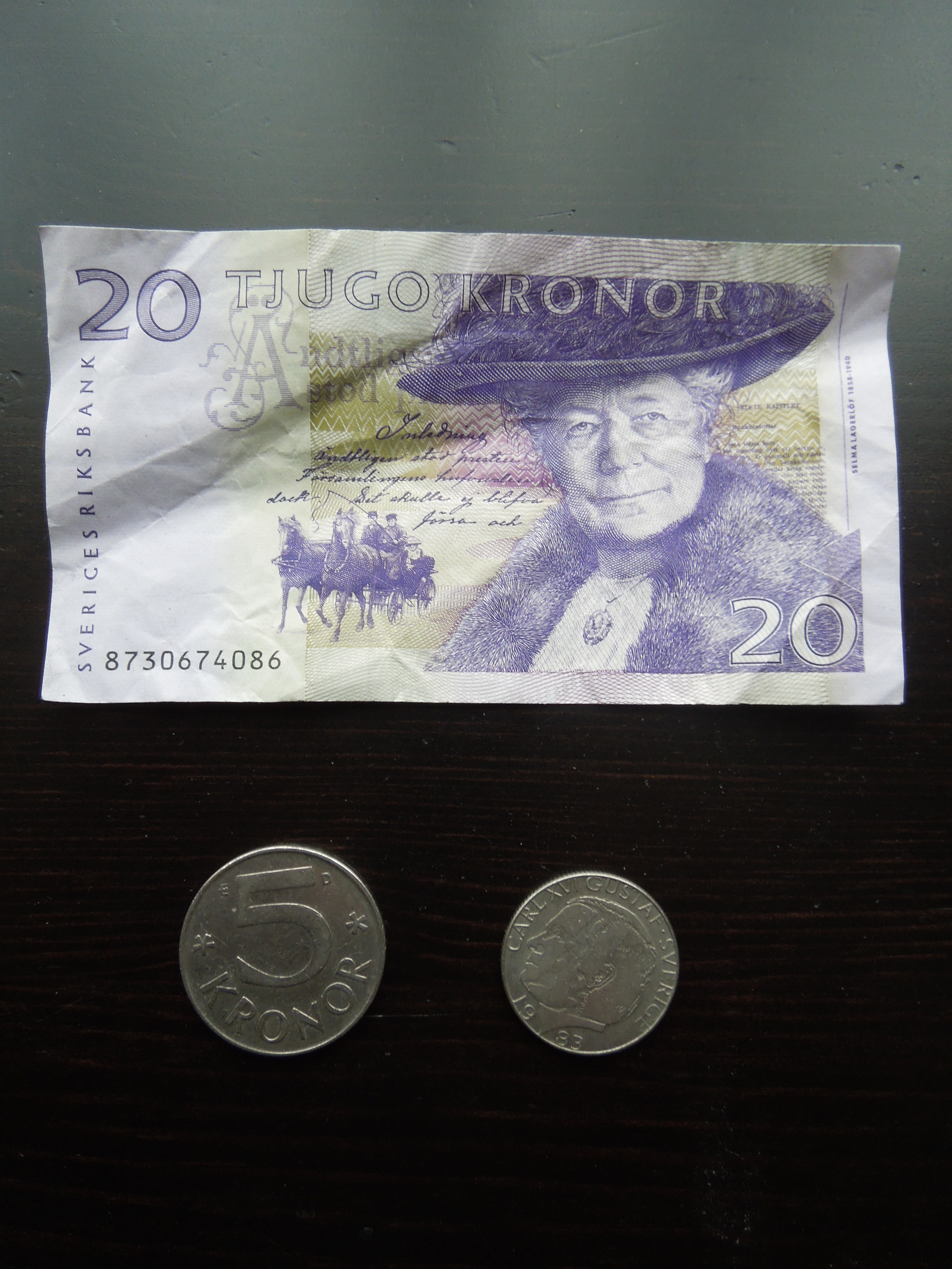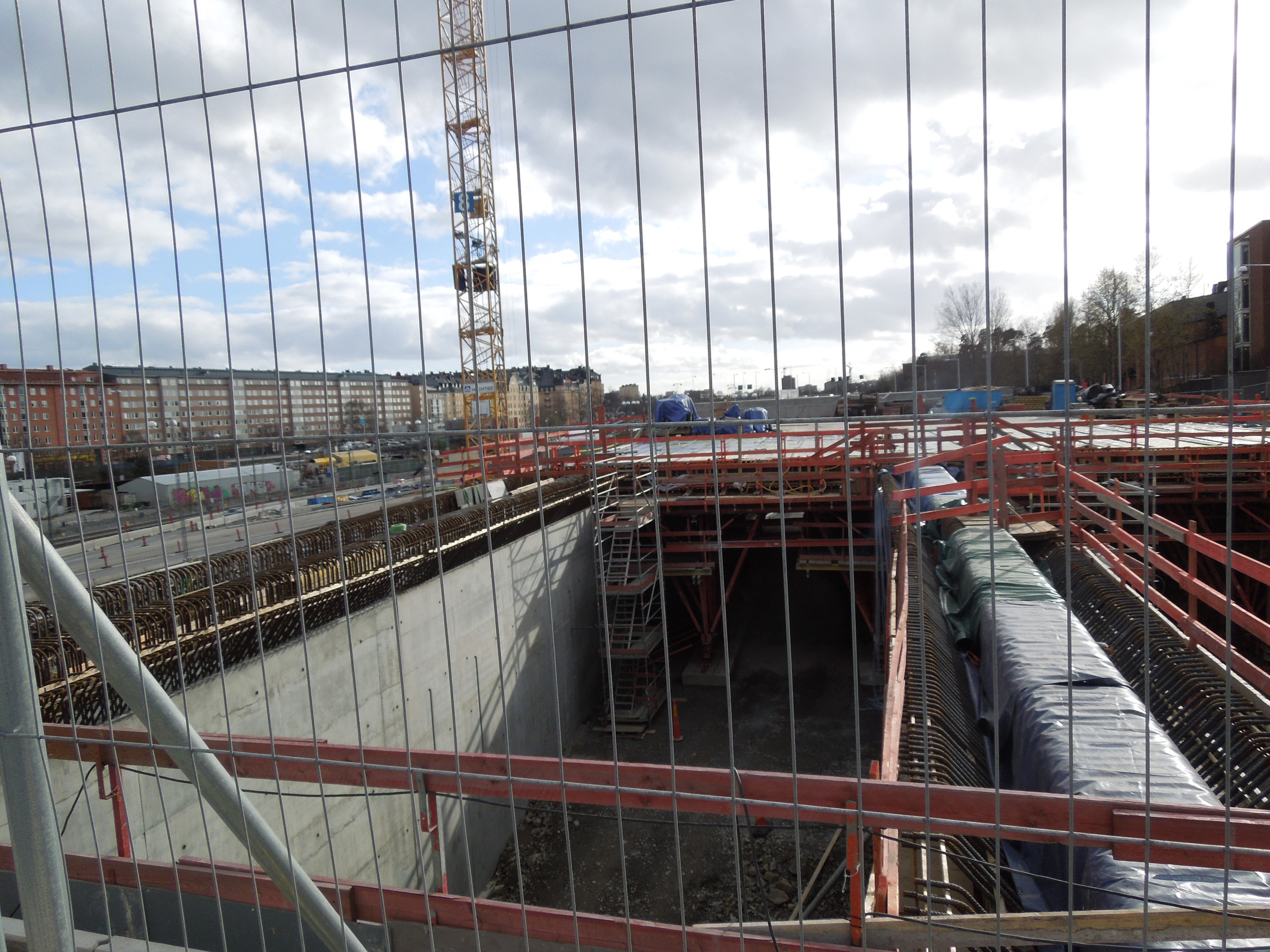For Part 3 of the Stockholm review, I want to give an all-inclusive summary that covers everything from how I got around the city, to speaking candidly about the components of the city that differ from where I hail from, the United States and more specifically, Tampa, Florida. The last time I was in Sweden I was there for a study abroad studio and it was very educational for its lessons in architecture and urban planning; however, during this recent trip I wanted to dig a little bit deeper and figure out why this region of the globe is so appealing that it makes me want to pack my things and move. The region I am specifically referring to is Scandinavia which includes Sweden, Norway, Denmark, and (sort of a Nordic cousin) Finland. Finland is a little different in that they were once part of the Russian Empire, so their history and culture has differences from the traditional Nordic countries, but this isn’t about Finland’s history so let’s just move on.
How to get around Stockholm. First, you should get to an ATM, they are called “cash machines” there, withdraw the local currency which is Swedish Krona (SEK), and the conversion to USD is roughly $1.00 = 6.50 SEK. That means if something costs 200 SEK, divide by 6.5 and you are spending about $30. Your next task is to find a help desk or kiosk for the transportation authority, called ‘SL’, and you can find attended kiosks at the airport or at any metro station. If you plan to travel to Stockholm, you have a few options in the type of transit card you can purchase from a 24-hour pass, 3-day and 7-day pass – the time allotment begins after first use and doesn’t begin at time of purchase. All of those passes include unlimited rides on the city metro trains, indicated with a ‘T’ on maps, the commuter trains indicated with a ‘J’ and 'L', and you are also able to enjoy unlimited rides on buses and trams throughout the city. This pass is a must-have for visitors, and it will not put a dent in your wallet as the 7-day pass runs about $46.00, and again I stress for UNLIMITED rides on all city transit, no restrictions or fine-print. The blue SL Access card they issue is yours to keep, which you can then recharge it if your time expires and you can reuse it the next time you visit the city, or you can just keep it as a souvenir as a reminder of how fantastic their public transportation is. I can’t speak for all of Sweden, but Stockholm’s trains are absolutely second-to-none, and not just in the quality of their modern/clean/quite/smooth/reliable/frequent trains, but also in their implementation and accessibility throughout the city. Below is the map of the train networks.
Let’s discuss one very critical component about Stockholm, and that is the construction industry which has been raging on even while other countries suffered through a housing market collapse and unrest in the Middle East. The construction industry in the United States came to a screeching halt for several reasons, and the Arab Spring caused a lot of architecture firms throughout Europe to completely cancel and scrap projects planned for locations such as the United Arab Emirates and Saudi Arabia. But, and this is a HUGE BUT, Sweden was not affected by all of the calamities that struck other countries. How? The answer seems to be several factors, and major ones are that Sweden is one of the highest taxed countries on Earth, while the country also has a commitment to infrastructure. Here’s where the arguments begin on taxing, but consider the fact that the tax money that people pay into their country comes right back to the people. You will hear me say the word ‘infrastructure’ a lot, and what I am referring to is the country’s transportation including railways, buses, trams, and yes even roads – they still drive there – and also includes bridges. We can also discuss infrastructure in the form of power lines, data, water, sewage and other utilities required to connect when there is new development.
Tax money covers these things to be designed, planned, built, operated, maintained, serviced, inspected, cleaned, upgraded, and so on. Now, just those previously mentioned items include an abundance of jobs for many different disciplines, from engineers, architects, city planners, contractors, construction workers, train operators and bus drivers, maintenance crews, cleaning crews, all of the behind-the-scenes workers such as administration, and on and on. You get the picture, infrastructure = jobs, and there is no debating that. Question... do you not like to see your tax money spent on infrastructure that promotes a very healthy job market? I don’t know all the ins and outs of Sweden’s tax structure, but I can tell you from looking at things first hand, there’s no indication that their construction industry is slowing down anytime soon, and that seems like a great use of tax money which in turn puts money into pockets of hard working citizens so they can spend money for goods and services, while all these jobs also means housing needs to be available, and that keeps the housing market turning when people need a place to live. The construction industry just keeps plowing on, as the investment in infrastructure is the foundation for other projects to be constructed based on constant need.
Construction is in demand, meaning architects are in heavy demand, and that’s FANTASTIC news for me, as I am considering a move to a city where my discipline is needed to design the rapidly evolving built environment. Can I get a hallelujah? Okay, still not convinced that tax money should be spent on infrastructure? Consider this, an investment in infrastructure is a tangible item that can be passed on to future generations, and let’s be honest, check out the pictures and train montage and decide who has a better investment coming to them, Swedes with their infrastructure or the United States with an obliterated Iraq? Wow, thanks for the coal for Christmas while the other kids get all kinds of neat things that will greatly benefit those future generations. I think I’m going over to the neighbor’s house to play! Please understand that this isn't meant to bash the US with comparisons, I'm saying this as somebody who has studied architecture and urban planning, and I am a very concerned member of the middle class and a generation that is being handed a built environment that has been seriously neglected and disastrously planned.
I can go on and on about how much well-planned infrastructure is vital to maintain a healthy city, but you don’t have to take my word for it, you can check out the pictures I have provided. During my first tour through Sweden in Summer 2011, there were several images that really struck me as a profound glimpse into Sweden's priorities, such as the one below.
I love to photograph architecture and shooting video of trains and what-not, but to be honest one of the most beautiful sites to behold in any city is… take a guess before I tell you what I enjoy seeing most in a city… okay, you would be right if you guessed that I enjoy seeing cranes and construction sites in a city above all else because those construction sites represent the health of a city’s construction industry, and a reflection of the current economic status. If you want to know how to make a fortune, my advice is to start your own crane business in Sweden and you will bank HUGE when you can’t keep up with the demand for your crane rentals. I would also like to point out that cranes don’t necessarily mean there are a plethora of barely-inhabited luxury high-rises going up. In this region there are more cranes working on things that are going deep into the ground for… what was that word, again… oh yeah “infrastructure” like the underground railways and utilities, but cranes are also being used to construct multi-storey affordable housing and modern iconic buildings that are reshaping the city’s image and appeal for its already lucrative tourism industry. So yeah, Cranes! Beautiful, gorgeous CRANES!
Okay, let’s wrap up the Stockholm series. I had an amazing experience this go-around because I was able to gain some perspective on things that only strengthen and convince me, not deter, from considering this city a possibility for permanent residency – albeit, weather was not one of them. I’m always going to be a Florida boy, and yes Michigan introduced me to the cold, but arriving there mid-April and temperatures were barely reaching 40 while it was also rainy with a Norse wind blowing something fierce… yeah, even with the harsh weather I would still have no problem moving there if an employer were to offer me that highly-sought-after job. The architecture in Sweden may not be the most creative, don’t get me wrong there are some cool projects there, but simplicity and sustainability are bigger considerations than creative and playful designs. That doesn’t mean I would be stuck with only doing projects in Sweden, as most firms I applied to are doing work internationally, but it is very reassuring to know that if projects were to slow down in other regions, Sweden’s healthy economy and unstoppable construction industry will always provide enough work that would make unemployment a very unlikely scenario. To sum up the city's appeal, Stockholm has done a remarkable job of blending modern elements into their built environment while still maintaining the city's cultural identity with the preservation of historical monuments and landmarks - modern infrastructure meets old-world charm.




















